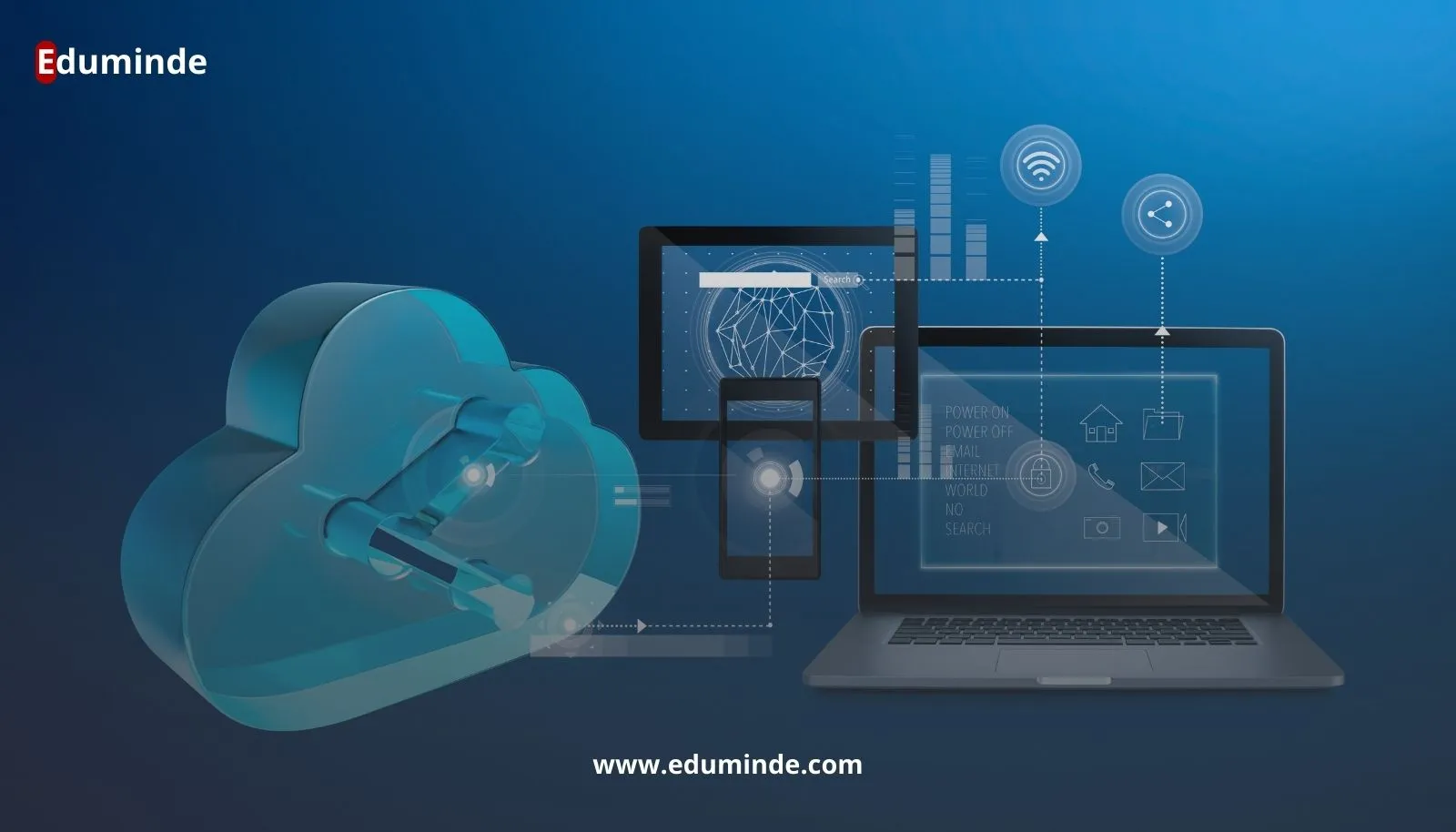How Servers and Cloud Storage Devices Enable Fast Data Access
In today’s digital age, the demand for instant and efficient access to data is more critical than ever. Whether for businesses, educational institutions, or personal use, the ability to retrieve, process, and store information quickly defines success. Servers and cloud storage devices play a pivotal role in meeting this demand by providing infrastructure that ensures speed, scalability, and reliability.
1. What Are Servers and Cloud Storage Devices?
- Servers are specialized computers or systems that store, manage, and distribute data across a network. They are the backbone of the internet, websites, and enterprise operations.
- Cloud Storage Devices are virtual storage solutions hosted on remote servers and accessed via the internet. Popular providers include Amazon Web Services (AWS), Google Cloud, and Microsoft Azure. These devices eliminate the need for physical storage and allow data to be retrieved and updated remotely.
2. How Do Servers Enable Fast Data Access?
Servers are designed for performance and speed, ensuring minimal delays in data access. Here’s how they achieve this:
A. High-Performance Hardware
Servers are equipped with powerful processors, high-speed RAM, and Solid State Drives (SSDs) that read and write data far faster than traditional hard drives. This enables quick access to files, applications, and databases.
B. Network Optimization
Servers are connected to high-speed networks using advanced network protocols. They utilize technologies like fiber optics and 5G to ensure data is transferred with minimal latency.
C. Load Balancing
To ensure continuous and efficient data access, servers distribute workloads through load balancing. This means if one server is overwhelmed, requests are automatically redirected to other servers in the network, avoiding delays.
D. Caching and Compression
Servers often use caching mechanisms to temporarily store frequently accessed data. By reducing the need to retrieve data from the main storage repeatedly, servers significantly decrease access time. Additionally, data compression techniques reduce file sizes for faster transfer speeds.
3. Cloud Storage: Accessibility and Scalability
Cloud storage has revolutionized data accessibility by enabling users to retrieve and update information from anywhere in the world. Here’s how it ensures fast and efficient data access:
A. Data Replication and Distribution
Cloud providers replicate data across multiple servers and locations (data centers). When a user requests access, the system fetches data from the nearest data center, reducing latency and improving speed.
B. Scalability and Elasticity
Cloud storage is highly scalable, allowing businesses to expand their storage capacity instantly without downtime. Whether you need a few gigabytes or petabytes of data storage, cloud platforms adapt in real-time to meet demand.
C. Content Delivery Networks (CDNs)
Many cloud platforms use CDNs, which cache data at multiple geographic locations. This ensures that users receive data from the closest server, dramatically improving download and access speeds.
D. Integration with Fast Protocols
Cloud storage devices support advanced file transfer protocols, such as HTTPS and FTP, to ensure secure and high-speed data transfer.

4. Benefits of Fast Data Access
The combination of servers and cloud storage provides numerous advantages, such as:
- Increased Productivity: Employees can access files and systems quickly, leading to more efficient workflows.
- Real-Time Collaboration: Teams across the globe can work on the same documents and applications without lag.
- Enhanced User Experience: Websites, apps, and streaming services load faster, improving customer satisfaction.
- Data Backup and Recovery: Fast retrieval ensures businesses can recover data quickly during outages or cyber incidents.
5. Real-World Applications
- Streaming Services: Platforms like Netflix and YouTube rely on powerful servers and cloud infrastructure to deliver seamless video streaming.
- E-commerce: Amazon and other retailers use cloud servers to handle large amounts of data quickly, ensuring smooth user experiences during peak times.
- Healthcare: Cloud storage allows hospitals to securely access and share medical records with reduced wait times.
- Education: Online learning platforms store and deliver educational content in real time, ensuring accessibility for students globally.
6. Conclusion
Servers and cloud storage devices are the cornerstones of modern data infrastructure, enabling fast and seamless access to information. By leveraging advanced hardware, network optimization, and cloud-based innovations, these technologies ensure efficiency, scalability, and reliability. As data continues to grow exponentially, servers and cloud systems will play an even greater role in supporting businesses, individuals, and global connectivity.
In an age where time is invaluable, fast data access is not just a luxury—it’s a necessity.
Read Also: AI Applications in Healthcare: Opportunities and Challenges

